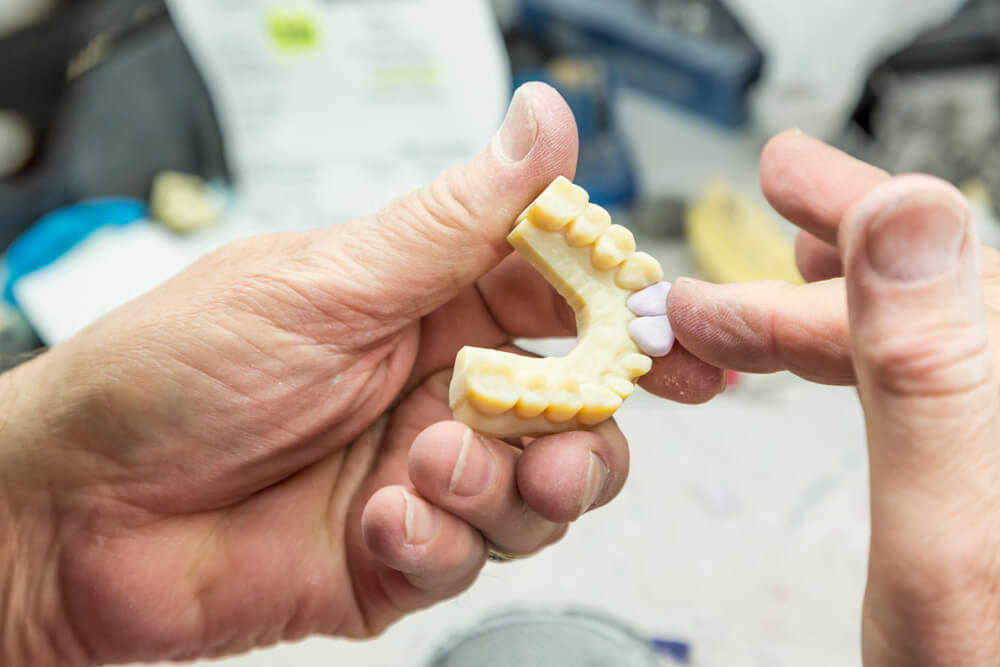What is 3D printing?
One of the greatest phenomena of the 21st century is 3D printing. 3D printing is a method of laying down thin layers of material in the form of liquid or powdered plastic, metal, or cement and fusing those layers together. Although 3D printing first emerged in 1971, it was not used for medical purposes until thirty years later. What started as an experiment paved the way for consumer desktop printing and is now used for anything from medical applications to printed braces to construction.
The first sign of using 3D printing in the medical world was in the early 2000s when scientists at Wake Forest Institute for Regenerative Medicine in Winston-Salem, NC, successfully used printing to build a human urinary bladder. Now, 3D printing is commonly used for joint replacement, cranial implants, and the creation of dental implants and crowns. These options were not available just 25 years ago. 3D printing helps produce customizable, high-quality, precise tooth repair and dental implants for patients in the dental world.
How do dentists use 3D printing?
Tooth Repair
Dentists can use 3D printing technology to replace or repair a patient’s damaged tooth. This is done by the dentist scanning the patient’s mouth with a digital wand that creates a 3D image of the whole mouth, including teeth and gums. The scan is then saved to a computer file. Then a dentist uses software called Computer Aided Design (CAD) to digitally design the patient’s tooth repair and print the tooth with a 3D printer. 3D printed teeth can oftentimes be created and installed on the same day of the patient’s appointment.
Dental Implants
3D printed dental implants are produced the same way that tooth repairs are made. The only difference is the type of material used in the printing process. Crowns, bridges, caps, dentures, and any other dental implant are all created by the same process. This process produces a final product with color, size, shape, and position indistinguishable from your natural tooth. Using 3D printing to create dental implants saves the dentist and patient time, money, and accuracy.
What are the benefits?
Low-cost mass customization
Everyone’s dentition is unique to them. Therefore, dental implants must be made to match each individual. Manual methods to create custom appliances leave much room for error because the quality of the finished product relies heavily on the technicians’ skills. 3D printing, on the other hand, has created a way to achieve consistently high-quality work for mass customization with less labor and lower costs.
Better patient experience
3D printing not only improves the dentist’s efficiency, but it benefits the patient just as much. When a patient can understand and visualize a dental procedure, it will reassure them, reduce anxiety, and increase their acceptance of the process. Not only that, but using a digital wand to scan a patient’s dentition is quicker, more comfortable, and less invasive, leaving the customer more likely to return. A happy customer is more likely to become a loyal customer who returns and refers their friends to you, contributing to your business’s long-term success.
All in all, 3D printing is likely just getting started in our technology-driven world. It is projected to be used in over 60 percent of all dental procedures by 2025. Right now, dentists use 3D printing most commonly for tooth repairs and dental implants like crowns and dentures. 3D printing is the best way to produce low-cost mass customization and a better patient experience. At Good Samaritan, we utilize 3D scanning to give our patients the best possible experience and outcome.

